50 Amazing Volcano Facts

Lava lakes

The southernmost active volcano on the planet is Antarctica's Mount Erebus. It is also home to Earth's only long-lived lava lakes.
Odd combination
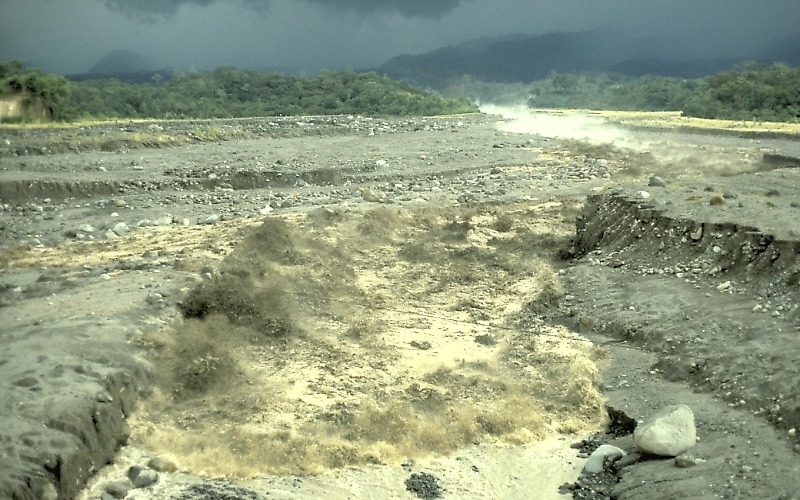
"Lahar" is an Indonesian word that refers to a type of volcanic flow: a mixture of rock debris and water that originates on the slopes of the volcano. Typically it forms when snow or ice on a volcano is melted by volcanic material.
Dangerous avalanche
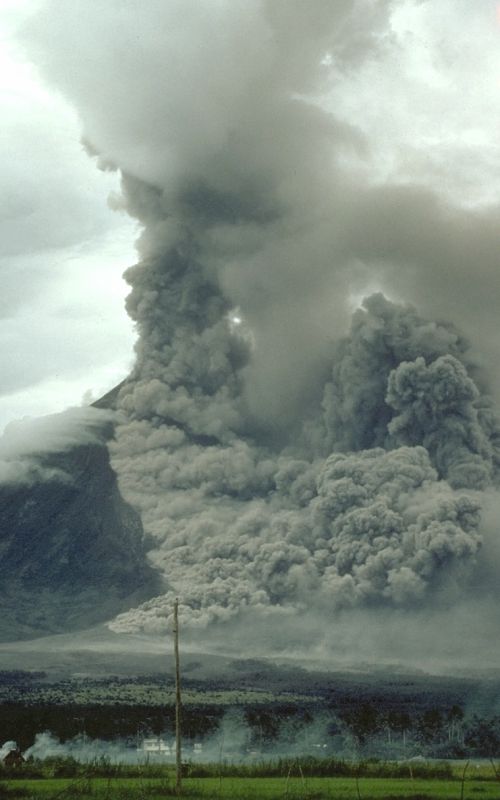
A pyroclastic flow an avalanche of hot ash, pumice, rock fragments and volcanic gas that rushes down the side of a volcano, staying close to the ground can travel 62 mph (100 kph), according to the U.S. Geological Survey.
High temperature
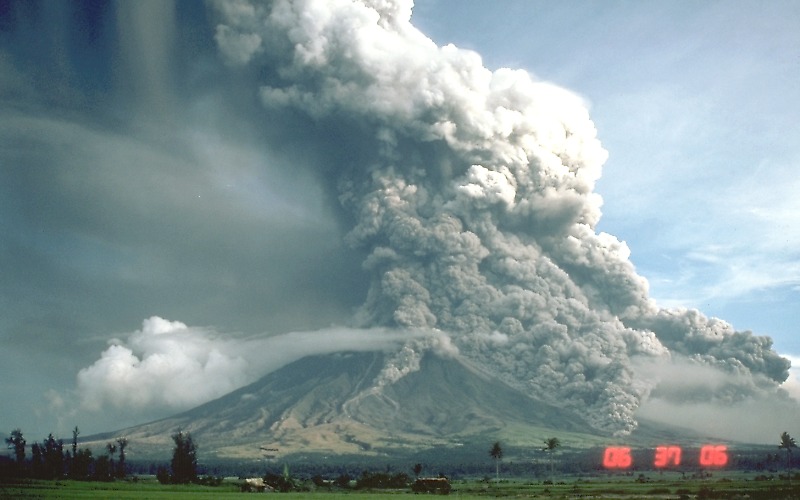
The temperature within a pyroclastic flow may be greater than 932 degrees Fahrenheit (500 degrees Celsius), sufficient to burn and carbonize wood.
Namesake eruptions
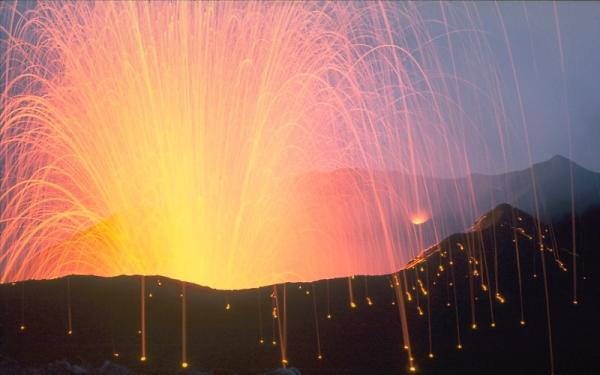
The mild eruptions of Italy's Stromboli Volcano are so frequent and numerous that an entire style of volcanism "strombolian" is named after the volcano. Strombolian eruptions have nearly continuous lava fountaining along with emissions of gas, ash and volcanic bombs.
First in history
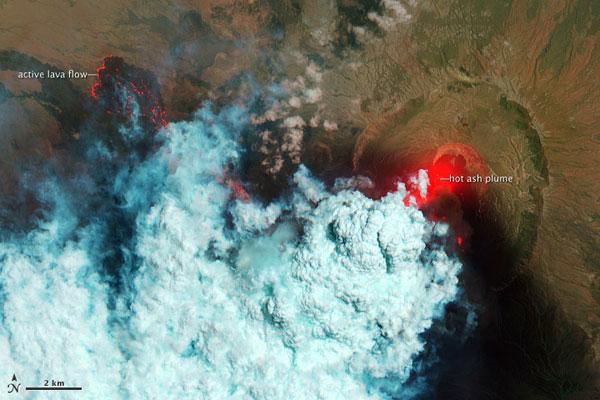
When Nabro, a stratovolcano in the northeast African nation of Eritrea, rumbled to life late in the evening of June 12, 2011, it was the first eruption of the volcano in recorded history, according to NASA.
Worldwide reach
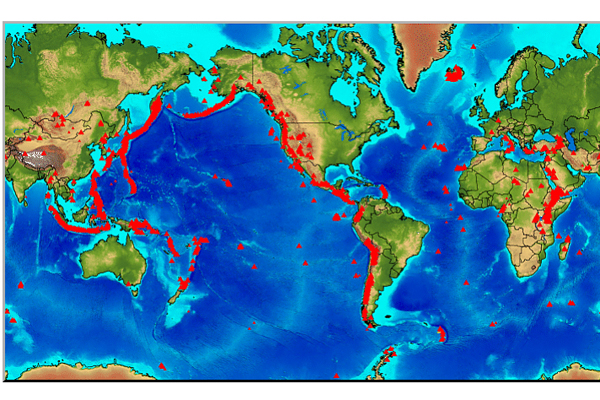
There are about 1,500 potentially active volcanoes worldwide, according to the U.S. Geological Survey, not including the continuous belt of volcanoes on the ocean floor.
Get the world’s most fascinating discoveries delivered straight to your inbox.
Pele's hair
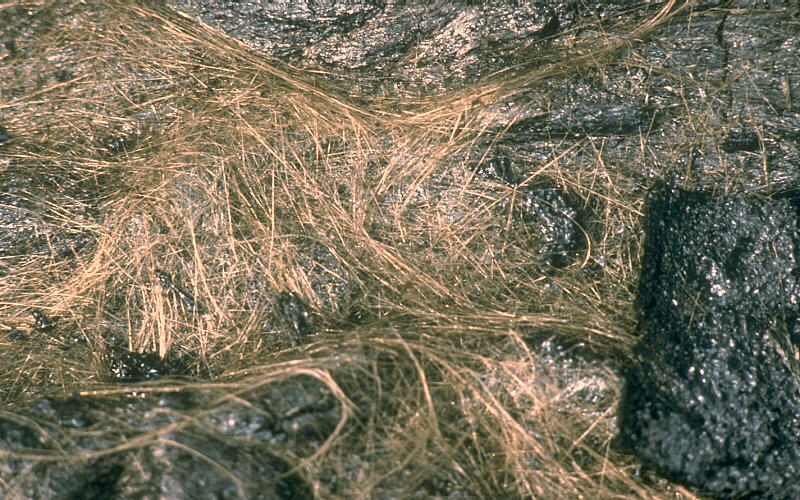
Hawaiian volcanoes can form a type of volcanic glass called Pele's hair, named for Pele, the Hawaiian goddess of volcanoes. The long, thin glass threads form as molten basaltic glass stretches out.
Pele's tears
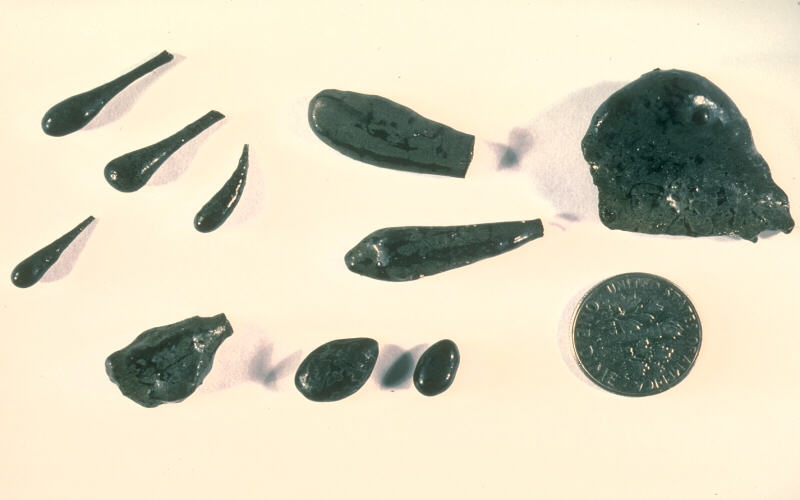
Bits of lava in lava fountains can cool quickly to form chunks of gas called Pele's tears. They are black and often found on the end of strands of Pele's hair.
Plinian eruptions
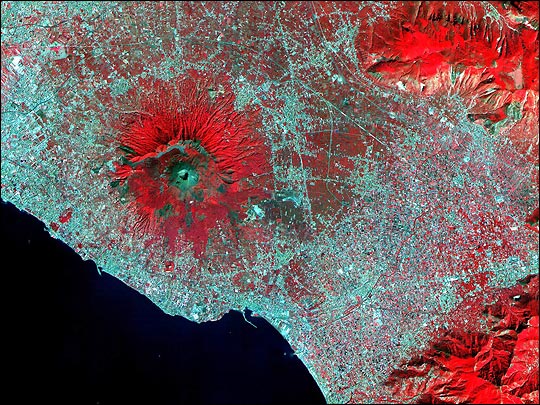
When Pliny the Younger chronicled the catastrophic eruption of Mount Vesuvius in A.D. 79, he ended up lending his name to the explosive type of eruption Vesuvius exhibited: a plinian eruption.



